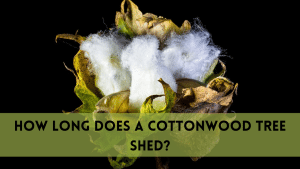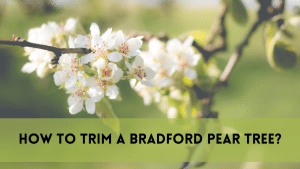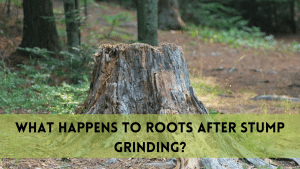Mistletoe, with its festive connotations, is a symbol of joy during the holiday season. However, when it finds its way onto trees in your yard, it can become a significant problem. This parasitic plant attaches itself to the branches of various trees, causing damage and weakening the host tree’s health. In this comprehensive guide, we’ll explore effective methods for removing mistletoe from trees, ensuring the longevity and vitality of your beautiful landscape.
The Importance of Removing Mistletoe
Before delving into the methods of removal, it’s essential to understand why mistletoe removal is crucial. Mistletoe is a hemiparasitic plant that attaches itself to the branches of trees, drawing nutrients and water from the host tree. This can lead to several detrimental effects:
1. **Weakened Trees**: Mistletoe weakens the host tree by depleting its resources. Over time, this can lead to stunted growth and reduced vitality.
2. **Structural Damage**: As mistletoe grows, it can cause structural issues by increasing the weight on tree branches, making them more susceptible to breakage, especially during storms.
3. **Spread**: Mistletoe can easily spread to other trees in close proximity, creating a cycle of infestation.
How to Identify Mistletoe
Before you can remove mistletoe from trees, you need to be able to identify it accurately. Mistletoe is recognizable by its distinctive characteristics:
– **Leaves**: Mistletoe leaves are thick, green, and often have a leathery texture.
– **Berries**: The plant produces small, white berries that are a key feature during the holiday season.
– **Attachment**: Mistletoe attaches itself directly to the host tree’s branches.
Safe and Effective Mistletoe Removal Methods
1. Pruning
Pruning is the most common method for removing mistletoe. Follow these steps for effective pruning:
– **Tools**: Use sharp, sterilized pruning shears or saws.
– **Cutting**: Cut the mistletoe branch as close to the host branch as possible without damaging the host.
– **Disposal**: Safely dispose of the removed mistletoe to prevent reinfestation.
2. Chemical Treatment
Chemical treatments can be effective but require caution:
– **Selective Herbicides**: Choose a herbicide designed to target mistletoe, ensuring minimal harm to the host tree.
– **Application**: Follow the manufacturer’s instructions for application, typically during the dormant season.
– **Safety**: Wear protective gear and be mindful of nearby plants, animals, and water sources.
3. Professional Assistance
For larger trees or extensive infestations, consider consulting a professional arborist:
– **Expertise**: Arborists have the knowledge and tools to safely remove mistletoe without causing harm to the tree.
– **Prevention**: They can also offer advice on preventing future infestations.
FAQs About Mistletoe Removal
Q: Is mistletoe harmful to humans?
**A**: While mistletoe is generally not harmful to humans, ingesting its berries can cause digestive issues. It’s essential to keep mistletoe away from children and pets.
Q: Can I use mistletoe for holiday decorations?
**A**: Yes, but be cautious. Mistletoe berries are toxic, so keep them out of reach of children and pets.
Q: Will mistletoe grow back after removal?
**A**: It’s possible for mistletoe to regrow, especially if the entire root system wasn’t removed. Regular inspections and prompt removal are essential to prevent regrowth.
Q: When is the best time to remove mistletoe?
**A**: The best time to remove mistletoe is during the dormant season, typically in late winter or early spring.
Q: Can mistletoe be composted?
**A**: It’s better to dispose of mistletoe in the trash to prevent the spread of its seeds.
Q: How do I prevent mistletoe from spreading to other trees?
**A**: Regularly inspect your trees for signs of mistletoe, and promptly remove any growth. This helps prevent the spread to neighboring trees.
Conclusion
By following the methods outlined in this guide, you can effectively remove mistletoe from trees in your yard, ensuring their health and preventing further damage. Be proactive in identifying and addressing mistletoe infestations to maintain a vibrant and beautiful landscape. A mistletoe-free environment will not only benefit your trees but also provide a safer and healthier space for your family and pets during the holiday season and beyond.




